10 native foods you should be eating
Australia has thousands of native food species, from fruit and veg to nuts, herbs, spices and grains. These not only offer unique flavours, textures and aromas; many are nutritional powerhouses that put common “superfoods” to shame. Eativity speaks with nutritionist Susan McLeod, who dishes up 10 native foods you should be eating for your health.
“Nutritionally, Indigenous ingredients are amazing, but many are also what we call nutraceuticals,” says McLeod, a lecturer in human nutrition at Melbourne’s La Trobe University. “These are foods that are nutritious, but also have medicinal uses.
“We think of blueberries as being antioxidants superstars, but there are so many native foods that absolutely blow blueberries out of the water. Kakadu plum, aniseed myrtle, bush tomato, Tasmanian pepperberry – they all far exceed the antioxidant levels of a blueberry.”
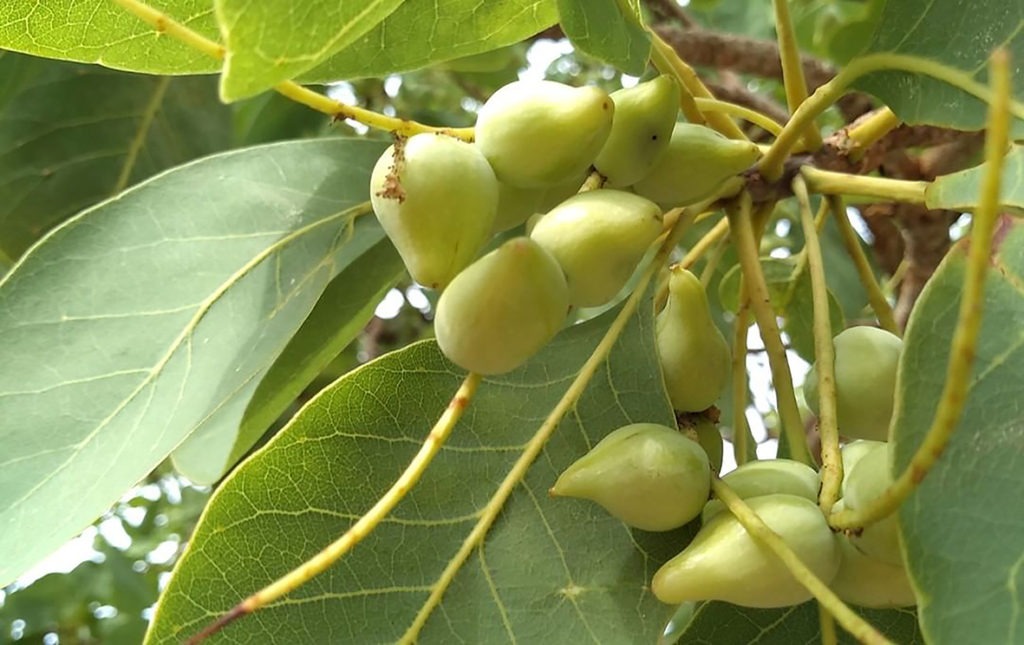
1. Kakadu plum
When we think about getting more vitamin C in our diet, the food most of us would typically reach for is an orange. But the Kakadu plum has 100 times the vitamin C of an orange.
“It’s also rich in folate, which is essential for healthy brain function,” McLeod says. “It has the same amount of folate as broccoli, and is high in fibre and antioxidants.”

2. Warrigal greens
A regular feature on many high-end restaurant menus, Warrigal greens are a rich source of vitamin C, fibre, folate and iron. But you need to know how to prepare them.
“Warrigal greens are high in oxalates,” McLeod explains. “If you don’t cook them properly, this can be toxic. So it’s important to ensure they’re blanched off quickly before eating.”
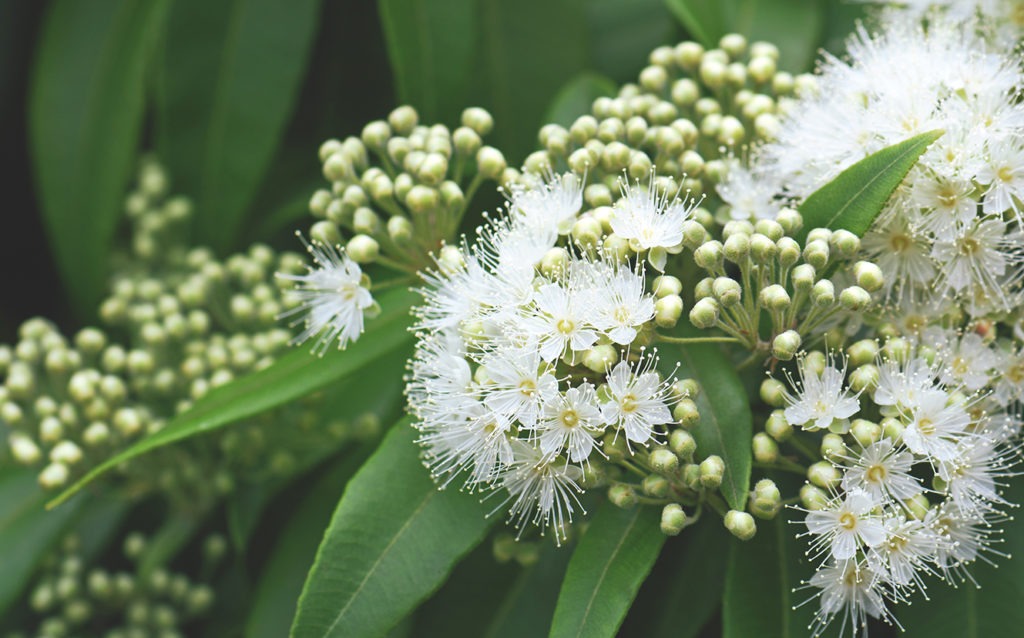
3. Lemon myrtle
This citrusy delight is rich in calcium, antioxidants, lutein, vitamin E, zinc and magnesium.
“Lemon myrtle also has antifungal and antimicrobial properties,” McLeod says. “So it can be used in the diet to help control bad bacteria. It’s also rich in phytochemicals.”
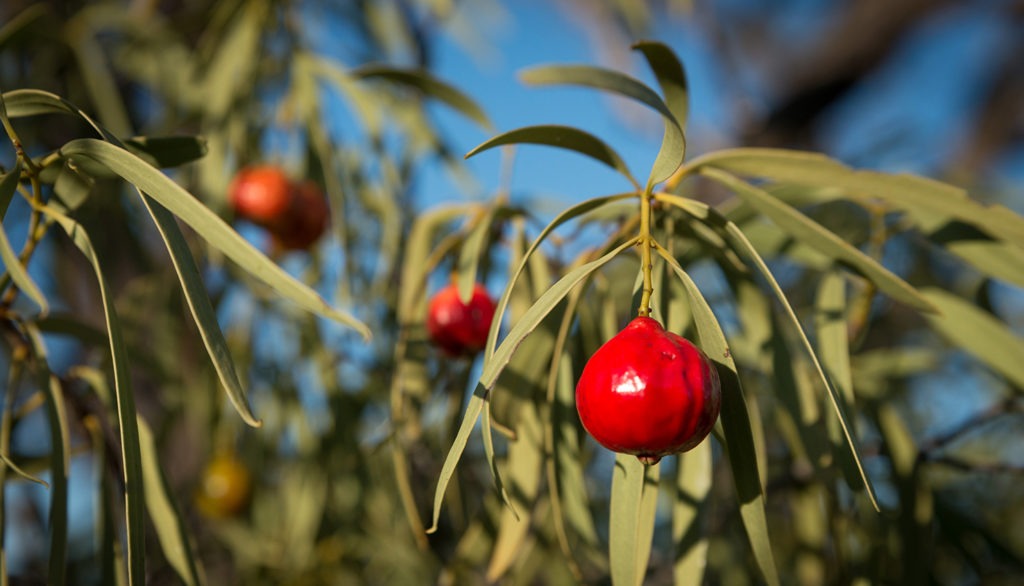
4. Quandong
The quandong is our native peach. But unlike regular peaches, the quandong has some remarkable nutritional properties, quite unlike any other fruit.
“The quandong is very high in protein; it’s 25 percent protein,” McLeod says. “That’s high for a fruit. It also has antibacterial and anti-inflammatory properties. It’s high in vitamins C and E, which is good for our skin. Quandongs are also high in folate. Plus, it’s a great food for vegans, because it contains iron and zinc, which is typically found in animal products.”

5. Bush tomato
Bush tomatoes also contain more protein than your average fruit – 10 grams of proteins per 100 grams. Most fruit would have contain less than one gram of protein per 100 grams.
“Bush tomatoes are delicious,” McLeod says. “They’re also really rich in antioxidants. Many native foods have the most beautiful, intense colours, and this means they’re higher in antioxidants. This protects us from free radicals and oxidative stress.”
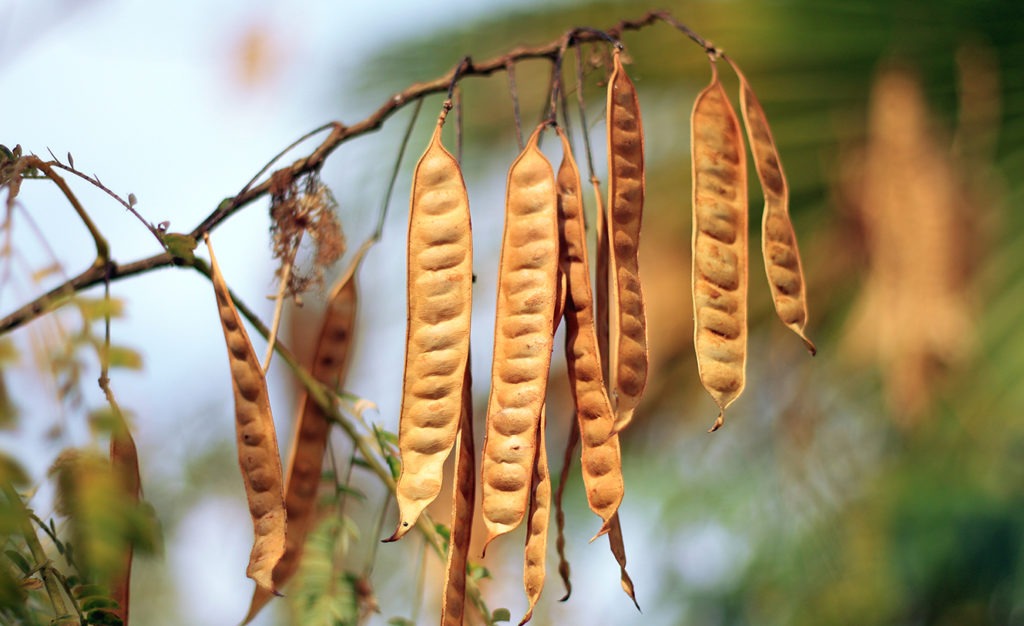
6. Wattleseed
Deliciously nutty and aromatic, wattleseed is another favourite of top Australian chefs. But it also offers some surprising health benefits that extend far beyond a delicious dessert.
“Wattleseed is low GI, which means it helps to slow the release of sugars into the blood,” McLeod says. “It’s also high in protein, potassium, zinc, calcium, iron and selenium.”
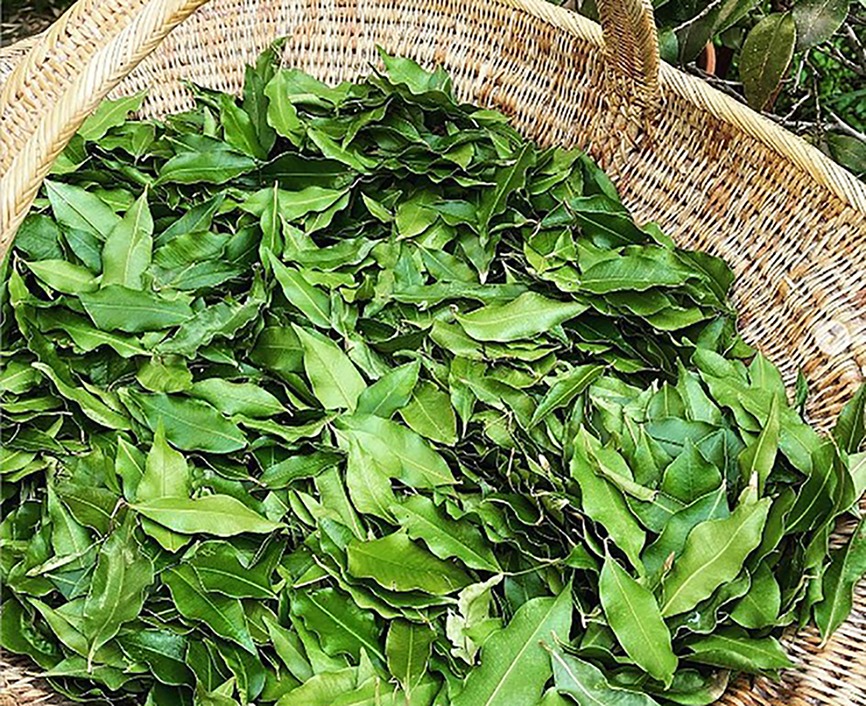
7. Aniseed myrtle
Indigenous Australians traditionally used aniseed myrtle to treat hiccups. They also used it for menstrual pain, stomach upsets, as a digestive aid and to promote lactation.
“Once again, it has a massive antioxidant capacity, much higher than a blueberry,” McLeod says. “It also has antifungal and antimicrobial properties. It’s high in vitamins C and A, folate and magnesium, and is good for eye health. It’s one of those powerhouse foods.”
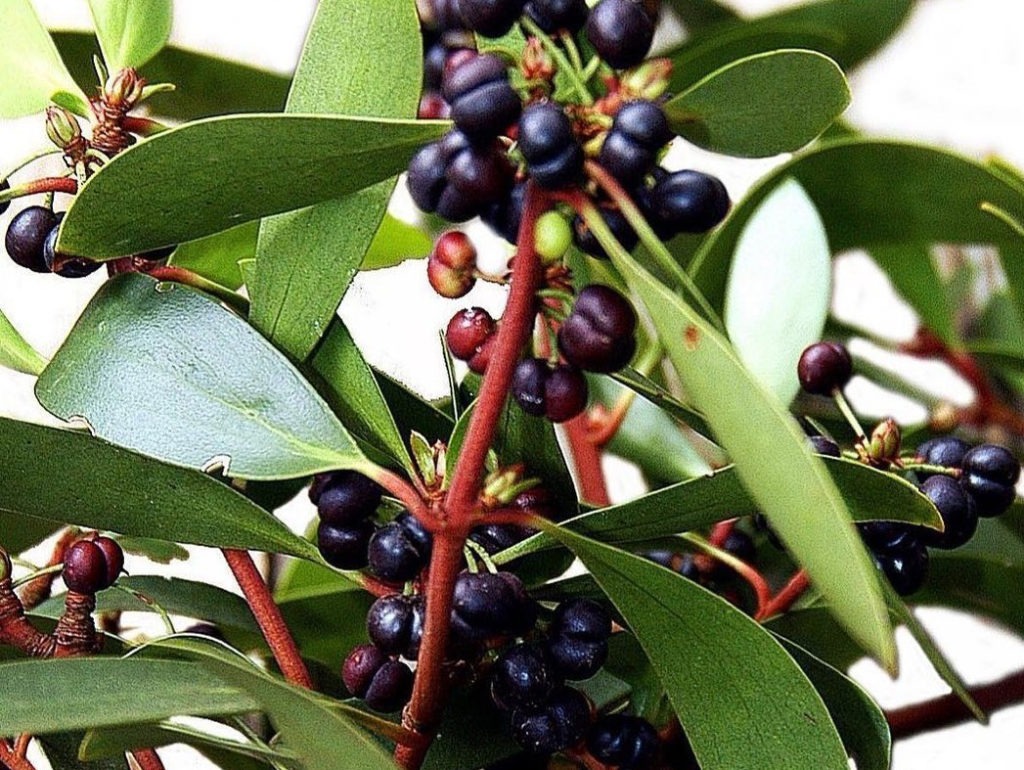
8. Tasmanian pepperberry
Fun fact: if you add a sprinkle of pepperberry to your mashed potato, it will turn it purple. This is just one of the many native foods that can be used as a natural colourant.
“This has some terrific health properties, including antimicrobial properties,” McLeod says. “It’s used to help with an upset stomach and skin disorders. It’s even been suggested that it can help fight viruses. There’s also been some testing done that’s shown it might have some positive effects against several types of cancer, which is a bit exciting.”

9. Saltbush
While we need some salt in our diet, most of us would have too much of it. Using something like saltbush to flavour your food is a great alternative to regular table salt.
“First of all, it’s actually a plant, so it’s not just straight salt,” McLeod says. “It gives foods a beautiful salty flavour, but it contains 20 percent less sodium than normal table salt. It’s also high in antioxidants and contains protein and minerals like calcium, magnesium, iron, zinc, potassium. Swapping out your table salt with something like saltbush could be terrific strategy for reducing your overall salt consumption.”
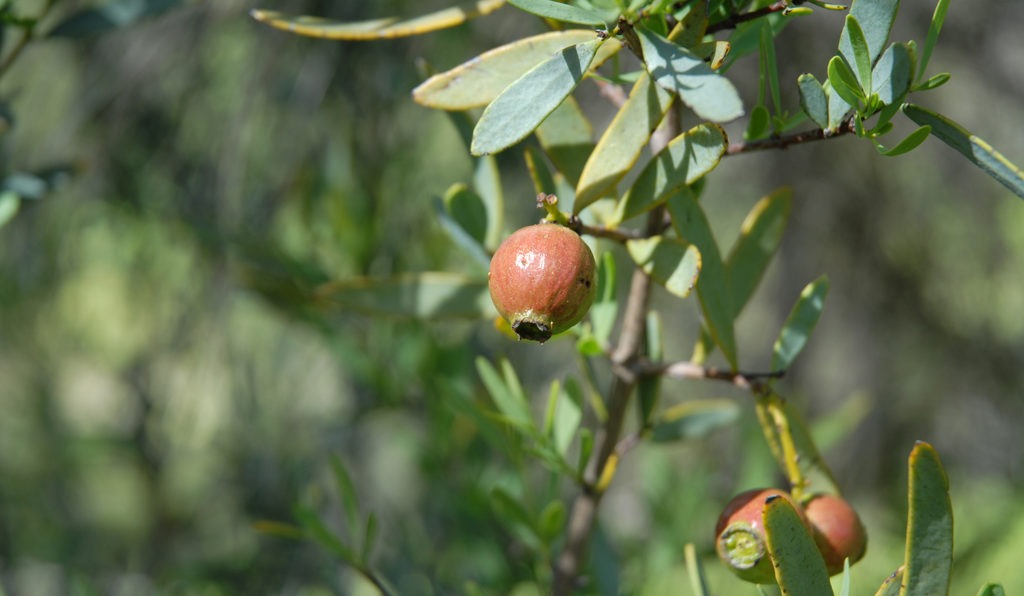
10. Sandalwood nuts
Macadamias are a huge industry in Australia, and were our first native food to be produced commercially. But sandalwood nuts pip them at the post when it comes to nutrition.
“Sandalwood nuts are another native food that’s really high in protein,” McLeod says. “They’ve got almost twice the protein of a macadamia. They’re also high in dietary fibre, containing about three times the amount of dietary fibre as macadamias. They contain almost no carbohydrates – less than one percent. They’re also really high in antioxidants, and in omega-9 fatty acids, which is a healthy fat that we don’t commonly get in our diet. It’s also believed that sandalwood nuts may have anti-ageing properties.”

Check before you buy native foods
If you’d like to get more native foods in your diet, make sure the products you buy are from Indigenous-owned enterprises. Currently, Indigenous representation in the native food supply chain is only around one percent. To help increase this figure, choose to support our Indigenous communities. Supply Nation is Australia’s largest online directory of verified Indigenous businesses. Also check out the First Nations Bush Foods & Botanicals Alliance‘s online directory of bush food businesses, native plant nurseries, restaurants, cafes, skin care products and health services that are 51 percent or greater First Nations-owned.









